3D Metal Detectors || All You Need To Know
3D Metal Detectors All You Need To Know
The advancement of technology has today made it possible for metal detectors to take a technological leap and move on to three-dimensional abilities!
These 3D metal detectors are one of the most powerful and innovative detection systems for:
- Gold
- Minerals
- Treasures buried underneath the ground
These machines mostly work on three systems, including:
- Radar
- Electromagnetic system
- Photogrammetry
They are able to provide 3D graphics on your detector’s screen, allowing you to get a better idea about what you have found.
The devices are able to detect gold and other archaeological treasures easily and to a greater depth! The direct three-dimensional imagine technology in them help you determine even the name of the metal that you have detected.
In addition, they work efficient in:
- Sandy soil
- Rocky areas
- Mud
- Basaltic rocks
- Mineralized grounds.
What is the difference between 3D and a regular Metal Detector?
There are many differences between a generic and a 3D detector!
One of the main differences is that a typical detector is designed for operating on a lower frequency than the 3D Metal Detector, to allow for the detection of relics, coins, and other metals with significant conductivity and size.
3D detectors, on the other hand, can operate on much higher frequencies even in difficult ground condition, they can pick up metals, such as gold in particular, even in very small sizes. They also do a much better job when it comes to discrimination.
Another difference usually lies in the coil size. Typically, the coil size for 3D metal detector is smaller than average. This allows the device to be more sensitive to smaller targets, such as very small pieces of gold. The latter is generally just sub-gram in weight. The smaller the coil, the smaller the metal that it will be able to detect.
So to sum up the main advantages of a 3D metal detectors are these elements:
- Ground balancing
- Detecting in more difficult ground conditions
- Accuracy of finding smaller metals
- Frequency
- Depth

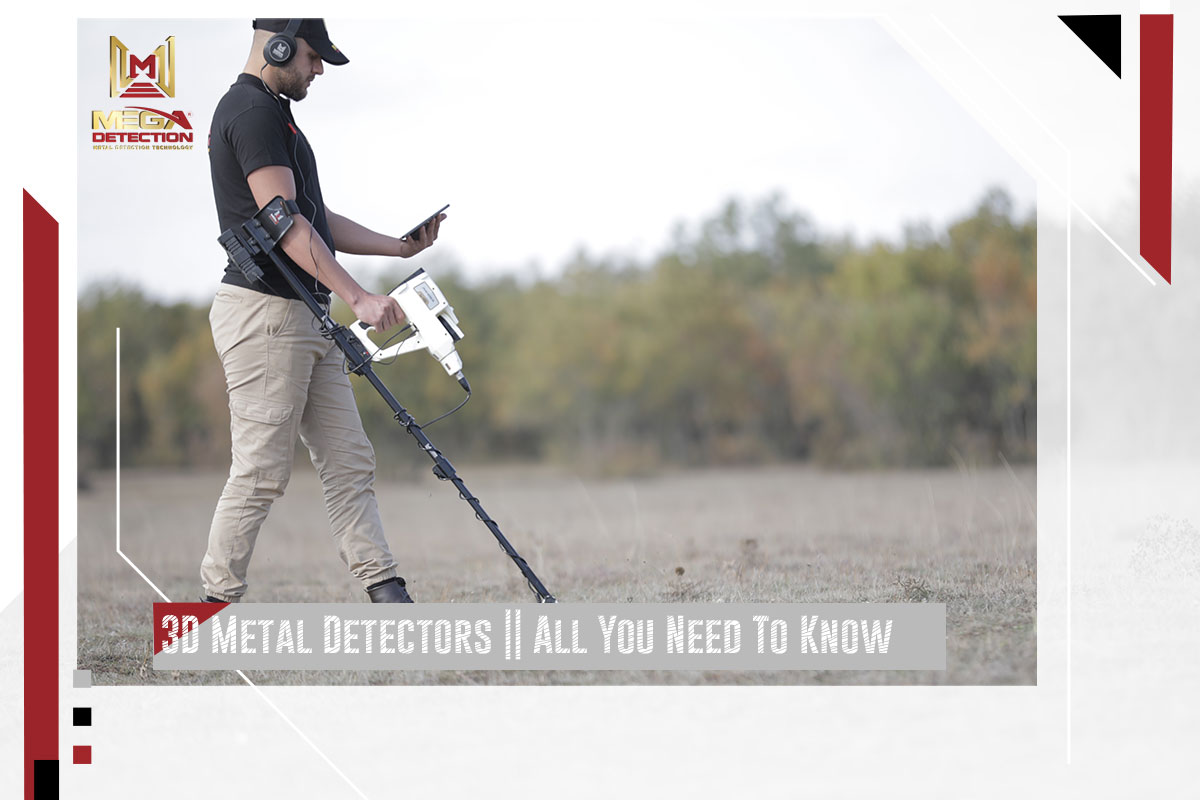

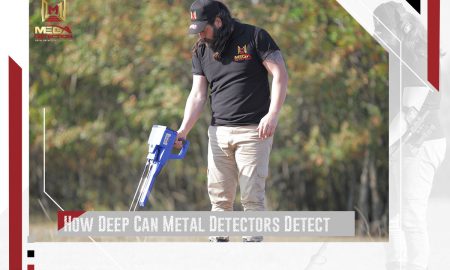



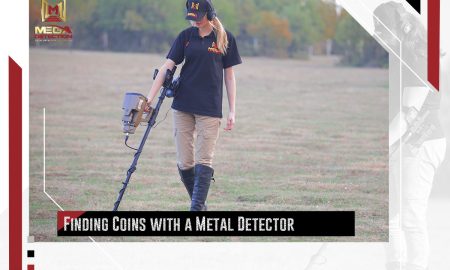
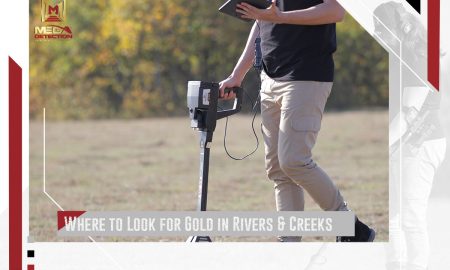
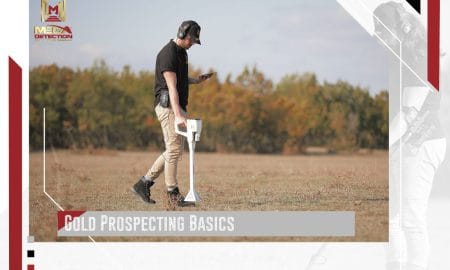


Comment (1)
[…] are not really any limitations that are applicable to 3D MDs […]